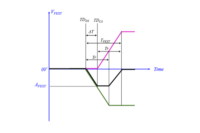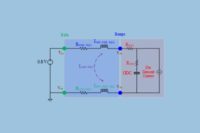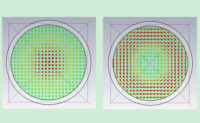Dror Haviv
Dror Haviv received his Master of Science (M.Sc) degree in electrical engineering with honors from the Electromagnetic program at Ben-Gurion University (Beer-Sheva, Israel). With comprehensive multidisciplinary vision in signal and power integrity (PCB, Package, Die), he has years of design, analysis, measurement, and teaching experience in the signal/power integrity (SI/PI) field behind him. In the last 15 years, Dror has been serving as a lecturer for signal and power integrity.
These days, Dror serves as a senior signal/power integrity technical expert at Mobileye Vision Technologies. From 2020 to 2023, he served as a Technical Lead at the signal and power integrity team at Western Digital ASIC platform engineering organization. His job duties included flash controllers (ASIC), signal and power integrity design and analysis, silicon die and package co-design and analysis, modeling, system level SI/PI simulations, and correlation analysis of die-package SI/PI parameters between simulation and measurement results.
From 2010 to 2019, Dror served as signal integrity focal point and architect with RAFAEL R&D division. As a signal integrity architect, he designed, analyzed, simulated, and measured dozens of systems and PCBs with high-speed interfaces. As a focal point, he has qualified, educated, trained, and supervised many engineers in the signal integrity field. Simultaneously, he served as a senior signal integrity cooperate researcher and has conducted several research projects in the field.




